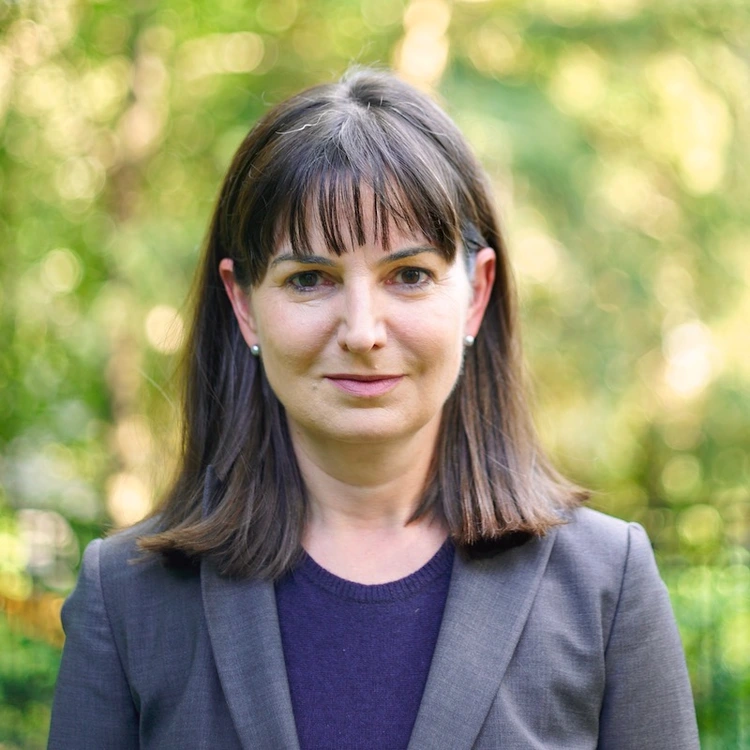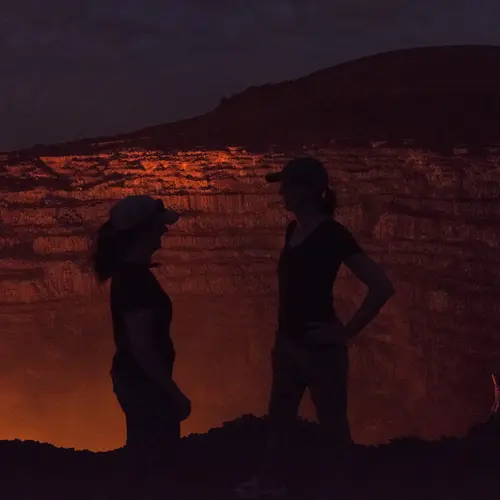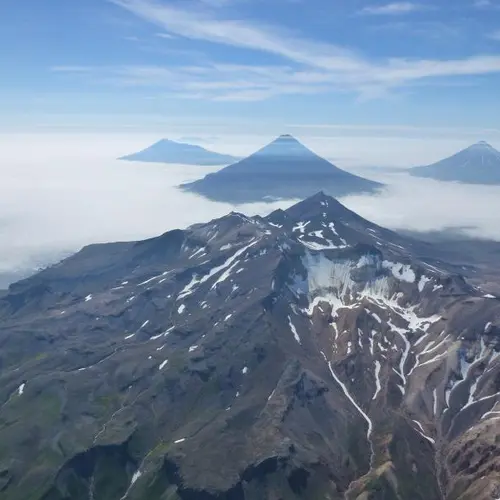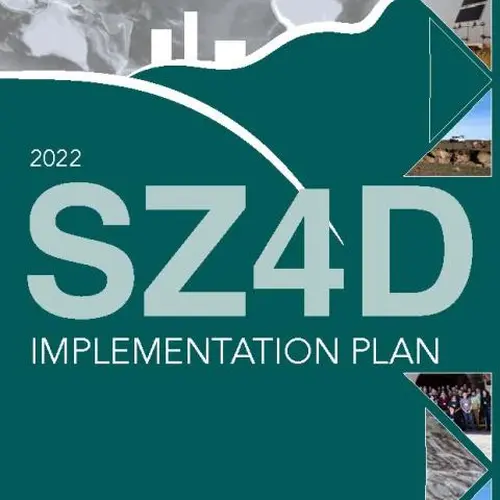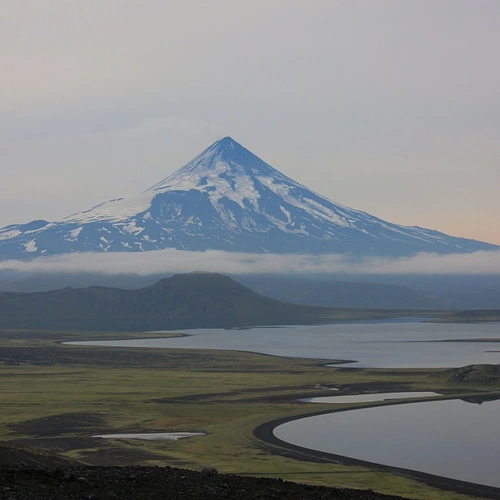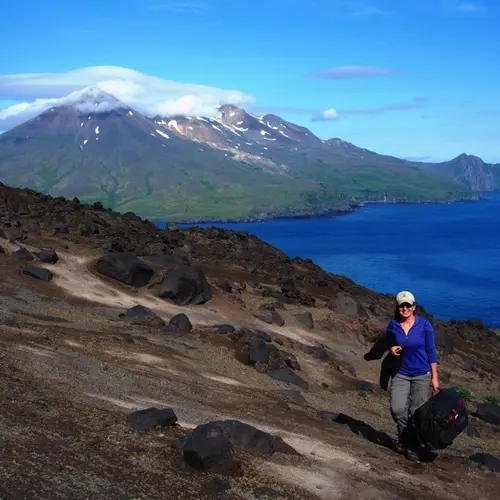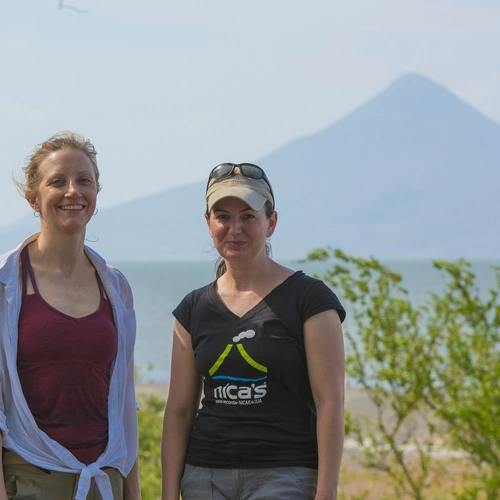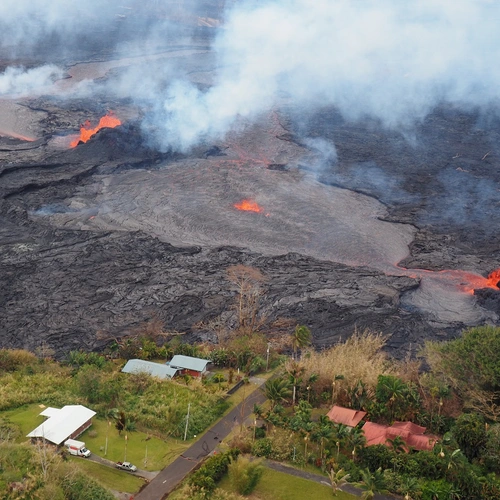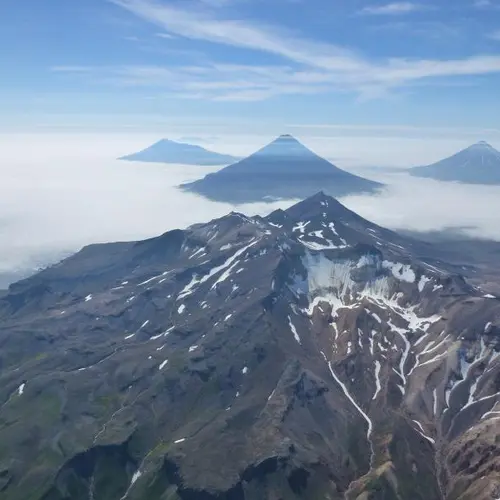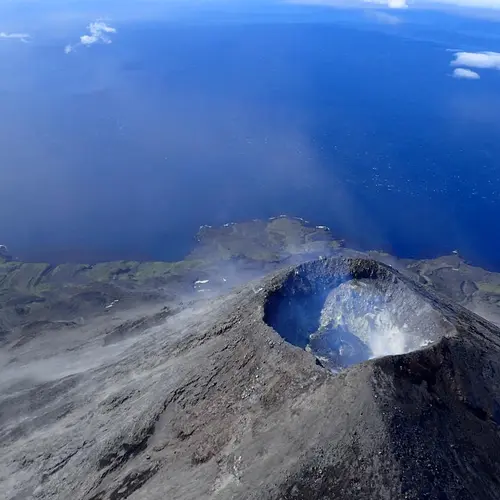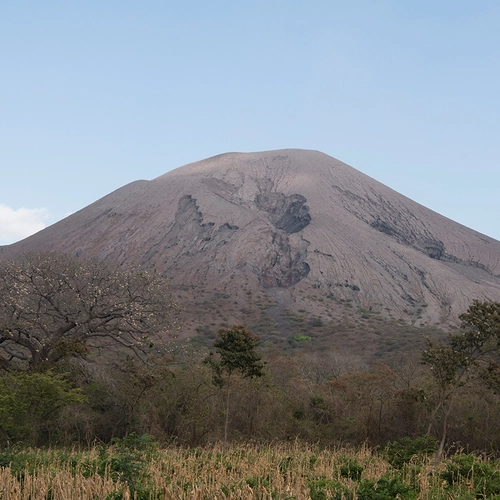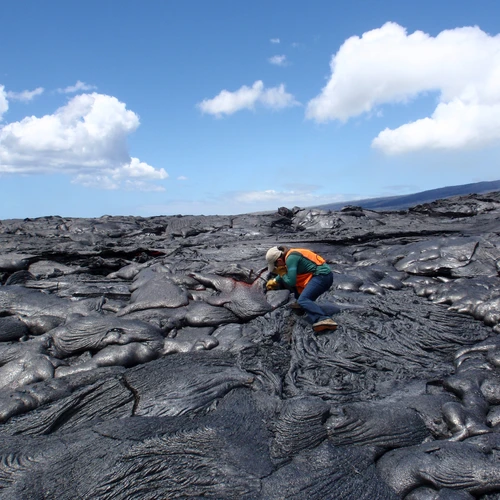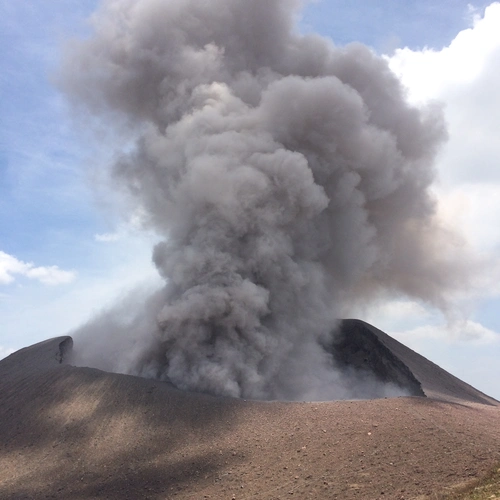Overview
Diana Roman's research straddles the boundary between volcanology and seismology, with a dual focus on understanding the nature of magma ascent and eruption and of volcanic microearthquake swarms. Specifically, Roman works to understand, from a mechanical perspective, the formation, evolution, and dynamics of crustal magmatic systems and the source mechanisms and causes of microearthquake swarms occurring in the vicinity of active volcanoes.
Roman's primary research efforts have been aimed at identifying, documenting, and understanding systematic patterns in precursory volcano-tectonic (VT) earthquake swarms and crustal stress field orientations during episodes of magma ascent and at exploring the potential of volcanic stress field analysis as an eruption forecasting technique.
A major result has been the recognition, through a detailed analysis of precursory VT swarms and split S-wave polarizations, that changes in the orientation of local maximum compression precede many eruptions by weeks to months and that these changes are caused by the dilation of the volcanic conduit system during magma influx.
Research
Roman's primary research efforts have been aimed at identifying, documenting, and understanding systematic patterns in precursory volcanotectonic (VT) earthquake swarms and crustal stress field orientations during episodes of magma ascent, and at exploring the potential of volcanic stress field analysis as an eruption forecasting technique. A major result has been the recognition, though detailed analysis of precursory VT swarms and split S-wave polarizations, that changes in the orientation of local maximum compression precede many eruptions by weeks to months (e.g., Roman et al. 2004, BSSA; Roman et al. 2006, EPSL; Roman et al. 2008, JVGR; Lehto et al., 2010, JVGR; Roman and Gardine 2013, EPSL) and that these changes are caused by the dilation of the volcanic conduit system during magma influx (Roman 2005, GRL; Roman et al., 2011, JGR).
Roman has also demonstrated that identification of local stress field reorientations may be used to assess the intermediate-term likelihood of impending eruptive activity (Roman et al. 2006, EPSL). Additional study has shown that one of two general patterns of VT seismicity may be observed prior to an eruption, depending on the mechanism of earthquake generation (earthquakes generated at the tip of a propagating dike vs. earthquakes generated on faults in the rock surrounding an inflating dike) (Roman and Cashman 2006, Geology). Detailed numerical modeling has shown that the observed pattern of precursory seismicity is determined or strongly influenced by the relative strength of regional (tectonic) stresses (Roman and Heron 2007; GRL).
A second major avenue of research has been the analysis of non-eruptive volcano-seismic unrest, which occurs beneath potentially active volcanoes but does not correspond to episodes of eruption. This line of research considers both discrete episodes of unrest ('swarms' - Roman et al. 2004, BSSA; Roman et al. 2004, JVGR; Roman et al. 2011, Bull. Volcanol.; Kilgore et al. 2011, GJI; O'Brien et al. 2012; JVGR), and persistent restlessness (Rodgers et al. 2013, JVGR; Geirsson et al. 2014; JVGR; Rodgers et al., 2015; JVGR).
Through detailed observational study, it has been shown that, while some non-eruptive swarms are caused by stalled intrusions of magma in the seismogenic crust, others appear to be driven by tectonic processes in combination with increased fluid and/or gas circulation above deeper magma bodies. More recently, a detailed study of persistent seismic restlessness at the open-vent Telica Volcano, Nicaragua has led to the development of a model for decreases in seismicity rates preceding explosions involving shallow sealing of gas pathways.
CV
- Ph.D. in Geological Sciences, University of Oregon, 2004
- M.S. in Geological Sciences, University of Oregon, 2001
- B.S. in Applied Economics, Cornell University, 1997
- 2021: H.O. Woods Chair of Seismology, Carnegie Institution for Science
- 2008: George Walker Award, International Association of Volcanology and Chemistry of the Earth's Interior (IAVCEI)
- 2007: University of South Florida Outstanding Research Achievement Award
- Staff Scientist, Department of Terrestrial Magnetism (now Division of Earth and Planets), Carnegie Institution for Science (2011- present)
- Assistant Professor, Department of Geology, University of South Florida (2006-2011)
- NERC Postdoctoral Fellow, University of Leeds, U.K. (2004-2006)
- Graduate Research Fellow, University of Oregon, Department of Geological Sciences (2002-2004)
- Graduate Teaching Fellow, University of Oregon, Department of Geological Sciences (1999-2002
- Physical Science Technician, United States Geological Survey, Alaska Volcano Observatory (summers, 2002-2003)
- Financial Analyst, Barclays Global Investors, N.A. (1997-1999)
- Research Assistant, Cornell University, S.C. Johnson Graduate School of Management (1996-1997)
- Teaching Assistant, Cornell University, Dept. of Agricultural, Resource, and Managerial Economics (1996-1997)
- Teaching Assistant, Cornell University, S.C. Johnson Graduate School of Management (1995-1996)
- 2007-present: International Association of Volcanology and Chemistry of Earth's Interior
- 2006-present: Seismological Society of America
- 1999-present: American Geophysical Union
Recent Talks
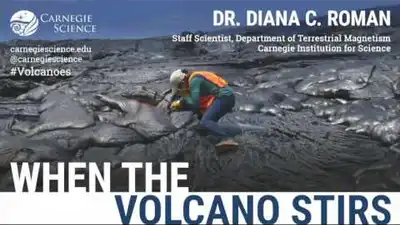
When the Volcano Stirs - Dr. Diana Roman
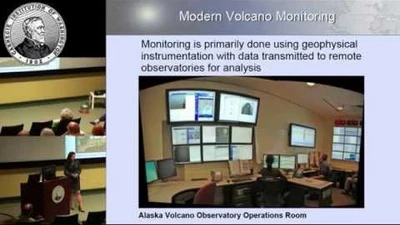
Diana Roman "The Secret Life of 'Quiescent' Volcanoes"
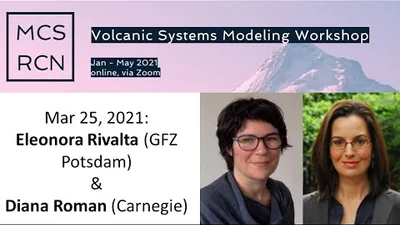
Diana Roman & Eleonora Rivalta | SZ4D MCS Volcano Workshop
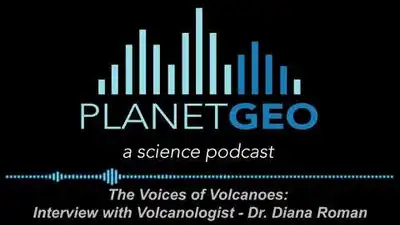
The Voices of Volcanoes: Interview with Volcanologist - Dr. Diana Roman
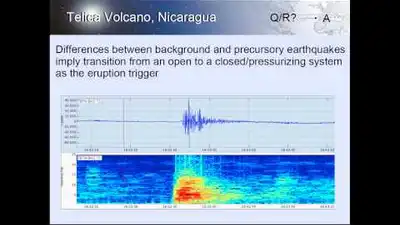
The Secret Lives of 'Quiescent' Volcanoes - Clues from Volcano Seismology
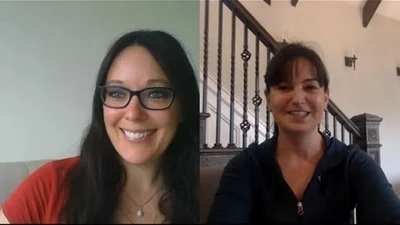
What depth does magma come from?
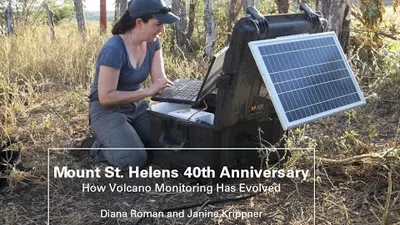
Mount St. Helens 40th Anniversary: How Volcano Monitoring Has Evolved
